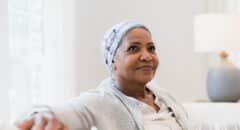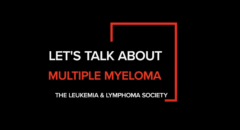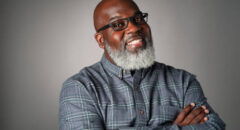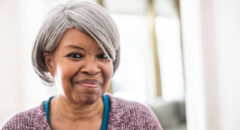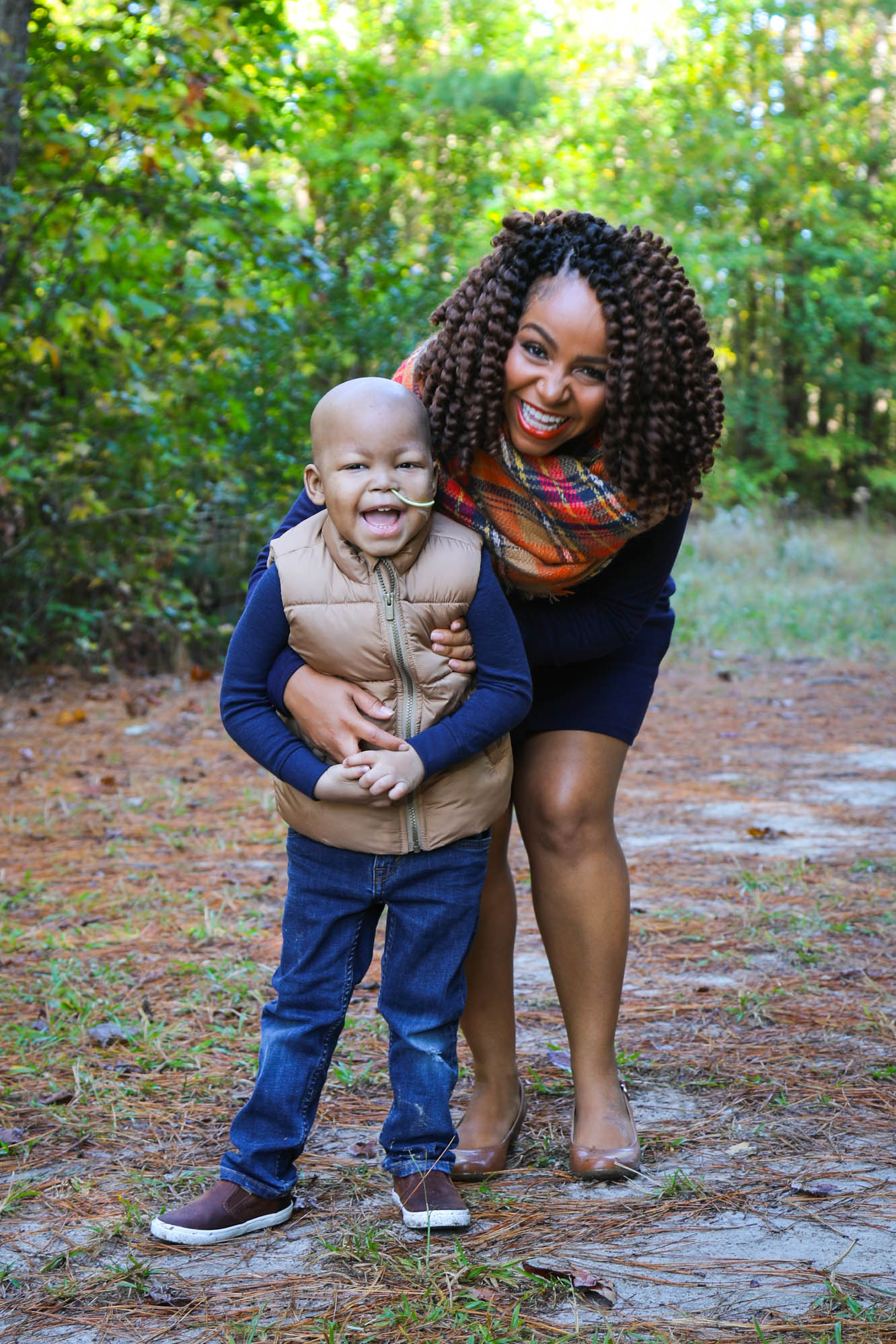
By The Leukemia & Lymphoma Society
Did you know that blood cancer is the most common cancer diagnosis for children, accounting for 40% of pediatric cancer cases? In fact, nearly 55,000 children and adolescents in the United States currently have blood cancer or are in remission from blood cancer.
It wasn’t long ago that a blood cancer diagnosis meant young patients would most likely lose their lives, but today, advances in medicine have given most children a chance to grow into adulthood. Still, treatment options for pediatric cancer patients aren’t adequate. Only 5 percent of cancer drugs are approved for first-time use in children, so when a child receives a cancer diagnosis, their options are very limited. In most cases, their families have no other option than to accept side effects from cancer treatments that were primarily developed for adults.
The downside: the treatments that help survivors reach remission have many different side effects that ripple out and cause other health issues. The result? A shocking 80% of childhood cancer survivors have chronic, often debilitating health issues resulting from cancer treatment.
Kids deserve better, safer, less toxic treatments.
That’s the reason The Leukemia & Lymphoma Society (LLS) launched The Dare to Dream Project—to create a world where pediatric blood cancer patients not only survive but also thrive after treatment. Dare to Dream is achieving this by funding blood cancer research, offering free resources and support, and driving advocacy efforts for equitable, accessible, and affordable healthcare for every child. At the heart of this bold initiative, in partnership with researchers and healthcare professionals across the globe, LLS launched the first-ever acute leukemia LLS PedAL Master Clinical Trial—changing how children with acute leukemia are treated by replacing “one-size-fits-all” chemotherapy with new, safer treatments tailored to each child’s unique tumor biology—leading the way for more pediatric blood cancer treatment research.
These endeavors will directly help kids with blood cancer all around the world. Kids like 6-year-old Cayden.
Blood cancer changed Cayden & Courtney’s lives—twice.
Cayden is a vivacious child whose world turned upside down when he was diagnosed with acute lymphoblastic leukemia (ALL) in April 2020. His mother, Courtney, remembers receiving the
devastating news like it was yesterday. “After the doctor said, ‘Cayden has leukemia,’ I didn’t hear anything else,” she recalls. “It felt like my heart literally imploded.”
She learned that Cayden had a rare form of this cancer called Philadelphia Chromosome (PH+). Just 3 to 5 percent of pediatric ALL cases are PH+. Cayden underwent treatment for two years and reached remission—but not without challenges. He experienced common side effects like hair loss and low energy, and he also developed serious complications, including sepsis.



